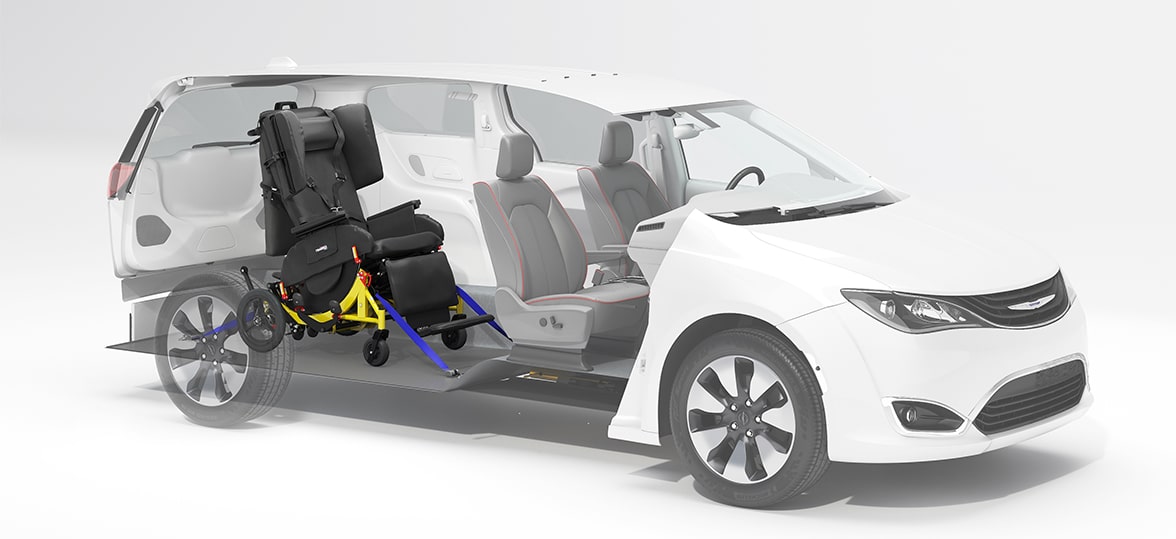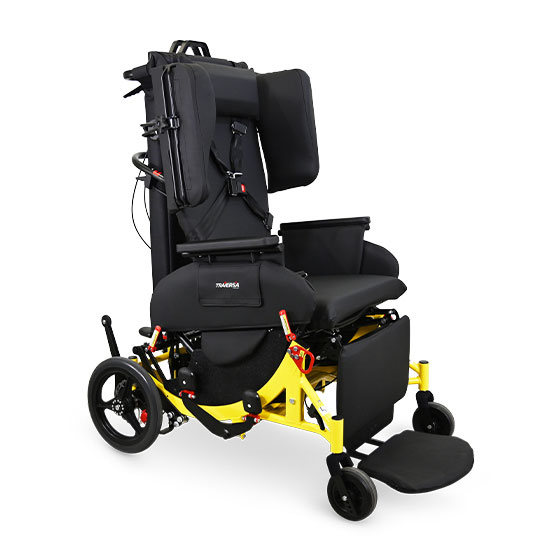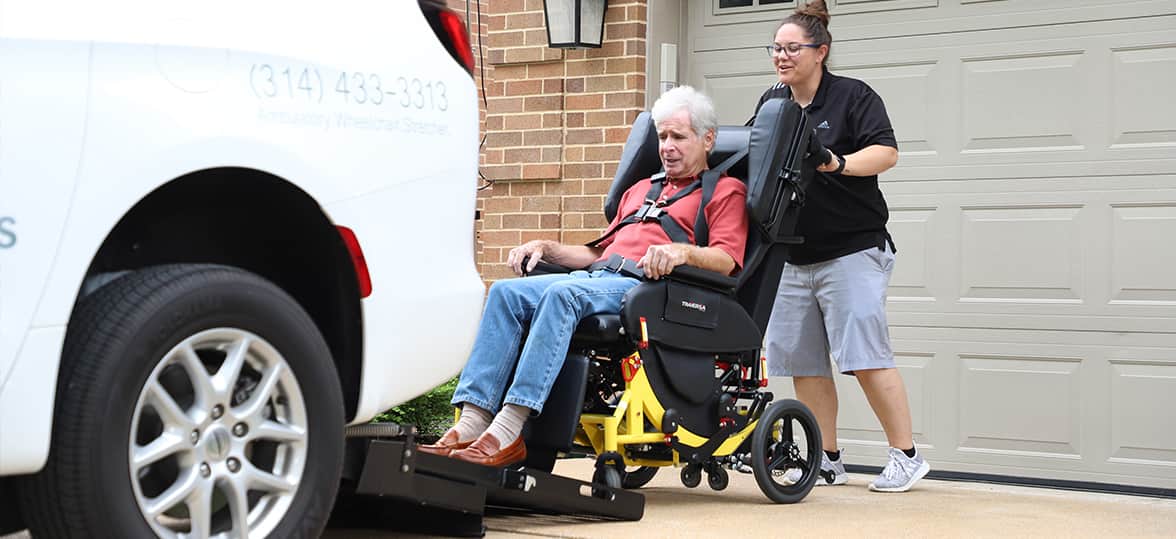Every year, millions of Americans put off healthcare services due to a lack of transportation. These people, often referred to as “transportation disadvantaged,” aren’t able to transport themselves to medical facilities due to disabilities, low income, or age. With a non-emergency medical transportation (NEMT) business, you could be their solution and provide a much-needed service with lucrative returns.
What Is NEMT?
Non-emergency medical transportation, or NEMT, is similar to a taxi service for health-related trips. NEMT takes people to medical appointments, physical therapy, dialysis, or even the pharmacy.
Let’s say your grandma needs regular check-ups but can’t drive anymore. NEMT is a helpful resource to get her to the doctor safely and on time, without the stress of public transport or relying on family schedules. It’s a vital service for folks who need medical care but don’t have an emergency.
Moreover, Medicare and Medicaid often cover non-emergency medical transportation for those who qualify. So, if your grandma is eligible, she wouldn’t have to worry about paying for the service.
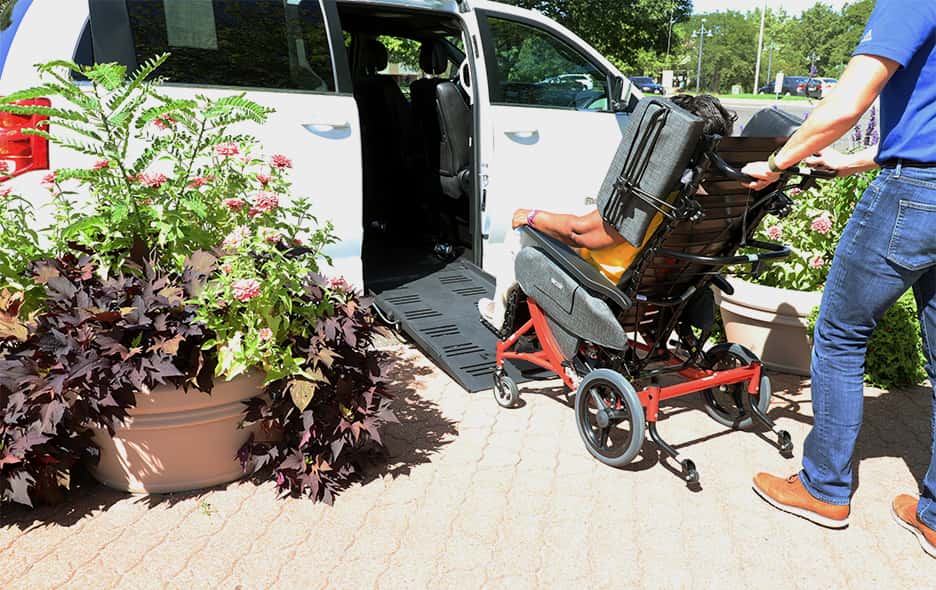
Why Consider Starting an NEMT Business
Thinking about getting involved? Here’s why a NEMT business might be a good idea:
- Growing Demand: With an aging population that needs regular medical appointments, the demand for NEMT services is skyrocketing. You’re entering an expanding market!
- Helping the Community: You’re not just running a business; you’re providing a critical service that helps people get to their medical appointments safely and on time. It’s fulfilling and impactful.
- Flexible Operations: Whether you want to start small with just one vehicle or aim big with a fleet, you can scale your business to fit your resources and goals.
- Stable Income: Medical appointments are consistent, and many are covered by Medicare and Medicaid, ensuring a steady income stream.

What Is the Cost to Start a NEMT Business?
You’ll need between $40,000 and $80,000 to start a non-emergency medical transportation business. Here’s a quick breakdown:
- Vehicles: Reliable, accessible vans or minibuses cost $16,000–$83,000 each.
- Insurance: Comprehensive coverage for your fleet and business runs roughly $5,000–$10,000 annually.
- Licensing and Permits: Expect to spend about $1,000–$3,000, depending on your location.
- Vehicle Maintenance and Repair: Oil changes, tire replacement, brake service, etc, will cost about $1,500 to $3000 per month. Also, factor in a separate cost for fuel.
- Salaries: The average cost to hire an NEMT driver is $17/hr or $36,230 annually. Also, consider the cost of hiring schedulers and administrative personnel.
- Marketing: Initial advertising and promotional efforts, approximately $2,000–$5,000.
These are ballpark figures, so your actual costs vary based on your specific needs and local regulations.
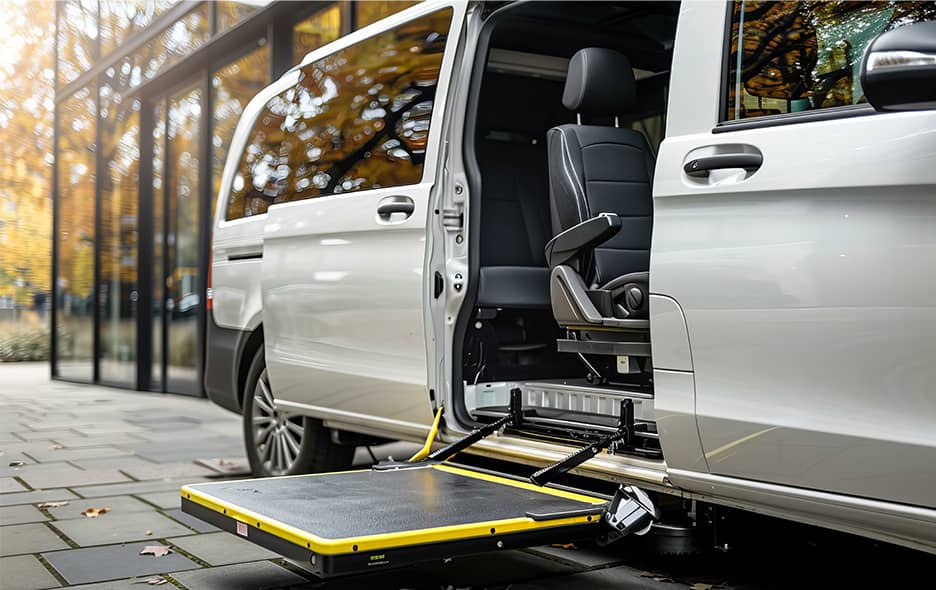
How Much Do NEMT Businesses Make?
Before starting any for-profit business, you must consider its revenue potential. Will it align with your financial goals or earn enough to keep you motivated long-term? How quickly will it become profitable? Will the profits be enough to merit the financial risks or pay back potential investors?
So, how much do NEMT companies make? The amount depends largely on the number of vehicles you have on the road. Ideally, a well-rounded NEMT business should have at least four vehicles to cover basic ambulatory, wheelchair, stretcher, and courier services. However, you can kick things off with just one vehicle and scale up as your business grows.
This data gives you an idea of what you could earn:
Rates: $25 per ride to $250 per hour, excluding additional fees.
Additional Fees:
- Waiting time: $15–$30 per half hour
- Extra mileage: $2–$10 per mile
- Special needs: Oxygen, attendant, etc.
Peak Charges:
- Off-hours and weekends: 25% more
- Holidays: 45% more
Revenue:
- $30,000–$56,000/year per vehicle
- The average NEMT provider makes about $500,000/year
Remember that these numbers vary significantly depending on the efficiency of your operations, marketing, and the state where you plan to do business.

How Do I Start a Non-Emergency Medical Transportation Business? 6 Steps
We’ve discussed start-up costs and revenue. Here are the next steps to take.
1. Register Your Business
Choose a catchy name, decide on a business structure (like LLC or sole proprietorship), and get your business license.
2. File Medical Transportation Application
Next, you’ll need to file a medical transportation application with your state’s health department to ensure you meet all the necessary regulations.
3. Get Insurance
Insurance is crucial. You’ll need comprehensive coverage to protect your vehicles, passengers, and business.
4. Get Vehicle and Transportation Equipment
Invest in a reliable vehicle and equipment, including wheelchair lifts, stretchers, and other accessibility features.
5. Set Rates
Determine your rates. Research what other NEMT services in your area charge to stay competitive but profitable.
6. Get Contracts
Finally, secure contracts with local healthcare providers, hospitals, and clinics. Building relationships with these institutions can yield new clients.

How to Get NEMT Contracts
Securing client contracts is critical to the success of your NEMT business. However, the process takes some time and legwork. Start by approaching hospitals and managed care organizations (MCOs). Connect with key decision-makers at these institutions through industry events, health fairs, and community meetings. Many will already have NEMT services, so you’ll need a compelling pitch or proposal that highlights the advantages of working with you.
Join industry associations and professional networks like the National Association for Healthcare Transportation Management (NAHTM). Taking this step boosts your credibility and offers valuable business resources. Also, consider partnering with Medicare and Medicaid. Many patients rely on these programs for transportation, and being an approved provider can open the door to more contracts.
Perhaps the quickest way to get your first client is to work with a broker. You can instantly tap into the broker’s network upon signing up.

Get Your NEMT Business Started with Broda
Once you’re ready to launch your non-emergency medical transportation business, turn to Broda for quality seating equipment tailored to your needs. Our range includes rehabilitation, transportation, bariatric, and glider chairs, ensuring patients receive the best care while making it easy for medical professionals to move them.
Check out our Traversa Transport Wheelchair, an industry-first designed specifically for NEMT companies. This wheelchair is perfect for transporting multiple patients throughout the day. Certified for vehicle use, the Traversa replaces stretchers with a more comfortable and cost-effective option. It’s easy to use, making patient transfers seamless for NEMT drivers while maximizing patient comfort.
Contact us today to learn more about Broda and how our team can help you provide superior service.
